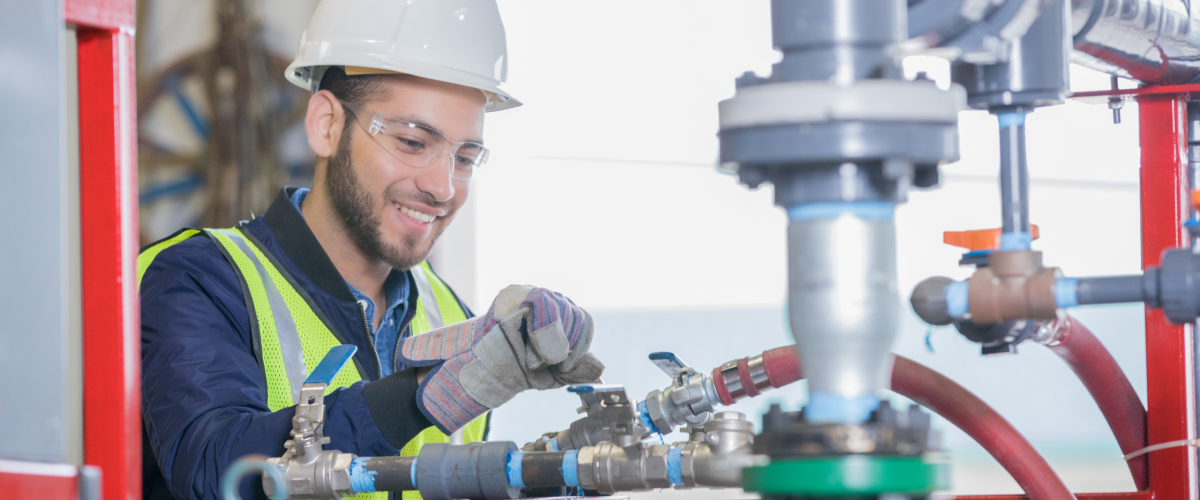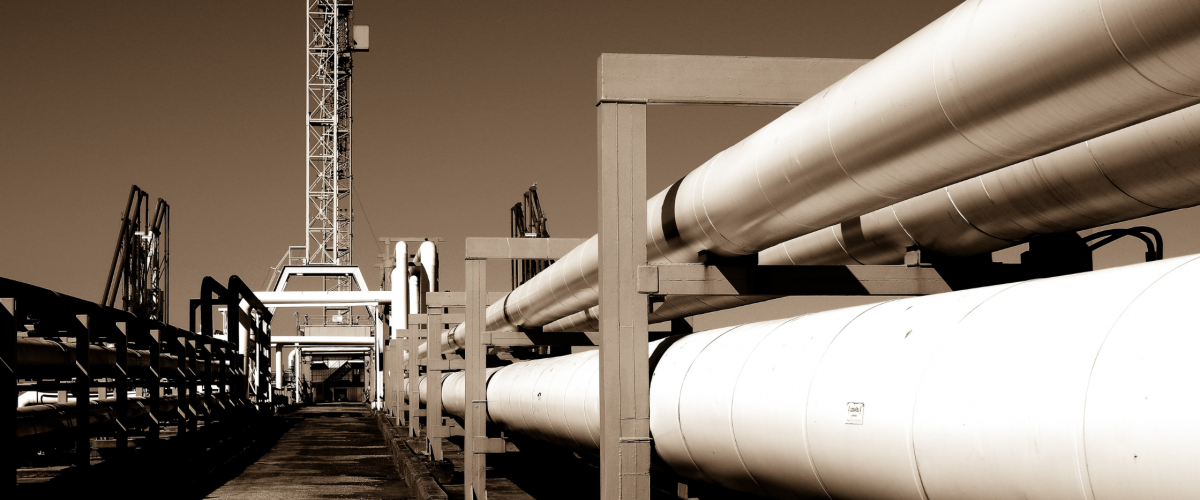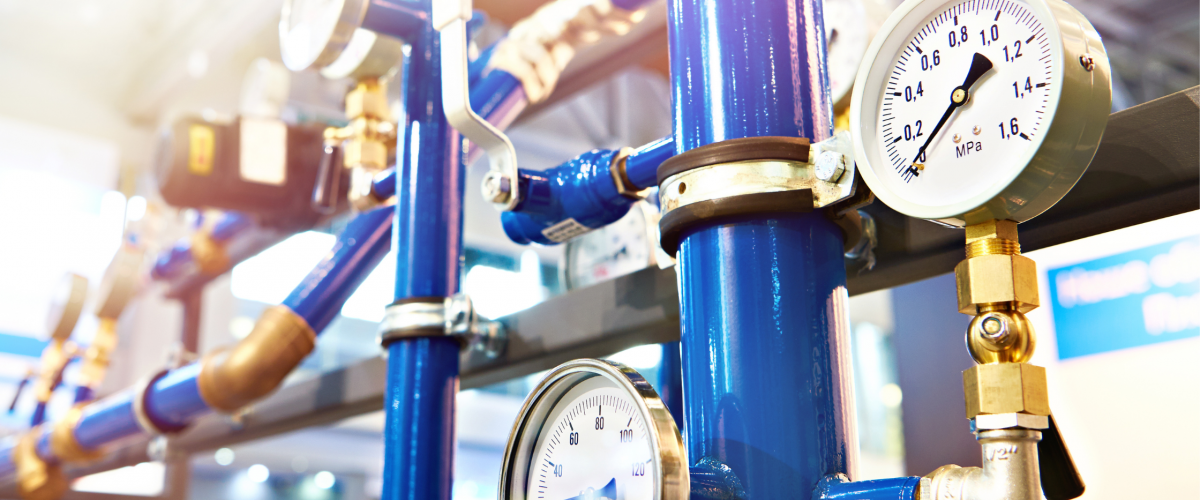Offshore oil and gas operations present significant risks due to the remote and hazardous nature of extraction activities. Effective emergency response planning is essential to mitigate environmental damage, protect human lives, and ensure the continued safe operation of offshore facilities. This article explores key components of emergency response planning and best practices for handling offshore oil and gas incidents.
1. Risk Assessment and Preparedness
Risk assessment is the foundation of effective emergency response planning. Identifying potential hazards, such as blowouts, gas leaks, and equipment failures, enables operators to develop targeted response strategies. Preparedness measures include:
- Conducting regular risk assessments and hazard analysis
- Implementing safety drills and training programs for offshore personnel
- Establishing clear emergency response protocols
2. Incident Detection and Early Warning Systems
Timely detection of an offshore incident is critical for minimizing its impact. Advanced monitoring technologies, such as remote sensors and automated shutoff systems, enhance response effectiveness. Early warning systems should include:
- Real-time monitoring of pressure, temperature, and gas levels
- Communication networks for immediate incident reporting
- Coordination with onshore emergency response teams
3. Response Coordination and Communication
Effective communication between offshore personnel, onshore support teams, and regulatory authorities ensures a swift and coordinated response. Key components include:
- Developing a structured Incident Command System (ICS)
- Establishing emergency response centers with dedicated personnel
- Conducting joint response drills with government agencies and industry partners
4. Oil Spill Containment and Mitigation Strategies
Oil spills are among the most severe offshore incidents, requiring rapid containment to minimize environmental harm. Essential containment strategies include:
- Deploying booms and skimmers to prevent oil spread
- Using chemical dispersants to break down oil slicks
- Implementing in-situ burning techniques where appropriate
5. Evacuation and Safety Procedures
Protecting offshore workers is a top priority in any emergency. Well-defined evacuation plans and safety procedures should be in place to minimize casualties. Key measures include:
- Maintaining accessible and well-equipped lifeboats and escape routes
- Conducting regular evacuation drills and safety briefings
- Coordinating air and sea rescue operations
6. Regulatory Compliance and Continuous Improvement
Adherence to international safety regulations and industry best practices enhances emergency preparedness. Regulatory frameworks such as the Oil Pollution Act (OPA) and guidelines from the International Maritime Organization (IMO) play a crucial role in shaping response plans. Continuous improvement is achieved through:
- Learning from past incidents and implementing corrective actions
- Regularly updating emergency response plans based on new risks
- Investing in research and development for advanced safety technologies
Emergency response planning for offshore oil and gas incidents is a vital aspect of industry operations. By integrating risk assessment, response coordination, spill containment, and regulatory compliance, companies can enhance safety and environmental protection. Ongoing training, technological advancements, and international collaboration will further strengthen offshore emergency response capabilities, ensuring a safer and more resilient industry.
Read more on Sparkview Energy:
Protecting Marine Ecosystems in Offshore Oil and Gas Operations
Safety Innovations in Offshore Oil and Gas Platforms
Key Components of Oil Rigs: Understanding the Rig Structure and Operations





